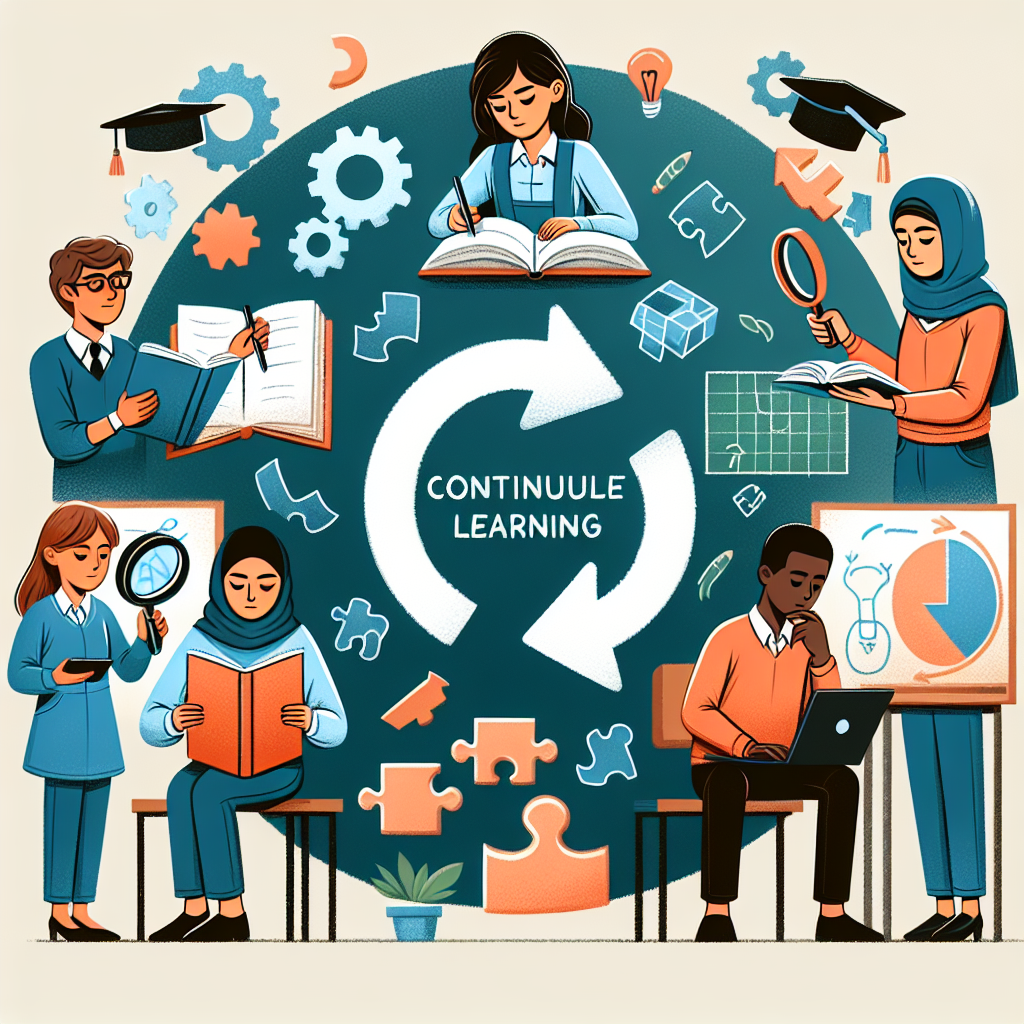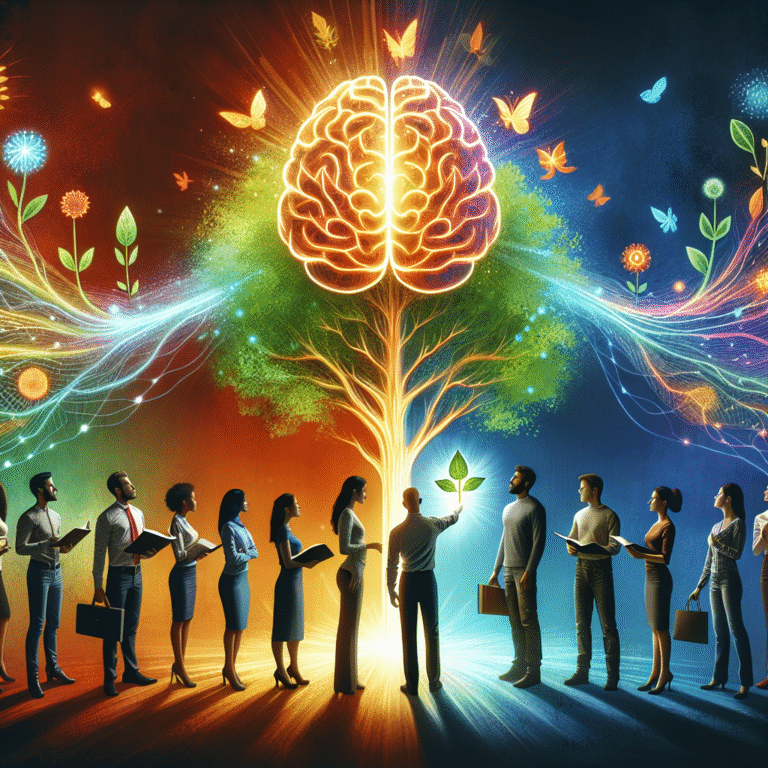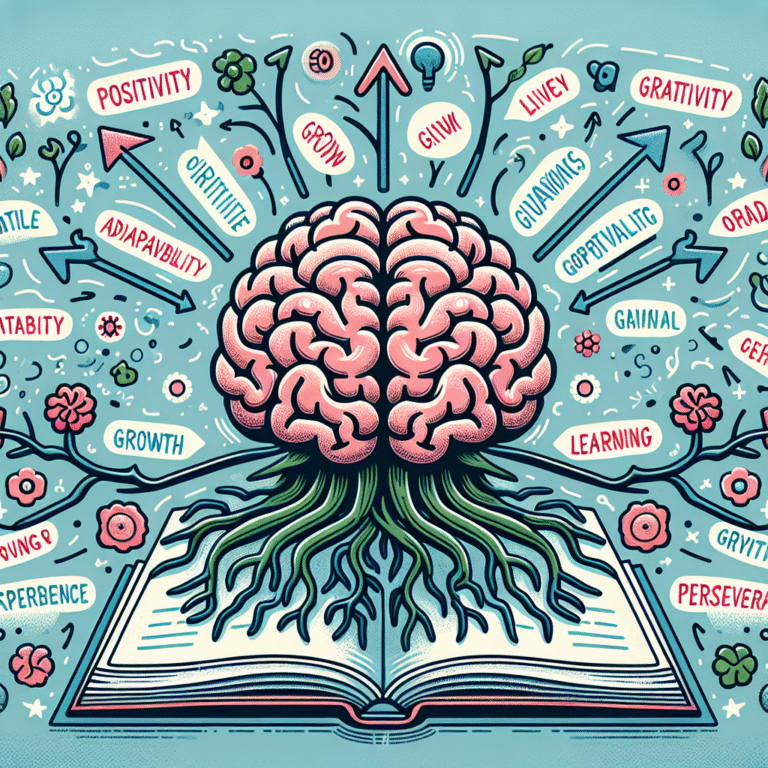
Introduction
In today’s dynamic and ever-evolving educational landscape, the concept of unlocking the potential of every learner is more critical than ever. Central to this initiative is the transformative power of Assessment for Learning: Creating a Culture of Continuous Improvement. This approach goes beyond traditional assessments, embracing a holistic view that not only measures what students know but also enhances their learning journeys. As we delve into this essential topic, you’ll discover the strategies and insights that can make a profound difference in fostering a culture of growth and continuous improvement in educational settings.
Understanding Assessment for Learning
What Is Assessment for Learning?
At its core, Assessment for Learning: Creating a Culture of Continuous Improvement focuses on using assessment as a tool to support learning rather than merely as a mechanism for evaluating student performance. This practice encourages educators to gather information about student understanding, skills, and needs, allowing for timely interventions and tailored instructional strategies.
Differentiating Between Assessment for Learning and Assessment of Learning
While Assessment of Learning typically involves summative evaluations, such as final exams or end-of-term projects, Assessment for Learning emphasizes formative assessments, which occur during the learning process. These insights enable teachers to adapt their methods and address learner needs dynamically.
| Aspect | Assessment for Learning | Assessment of Learning |
|---|---|---|
| Purpose | Support learning | Evaluate learning |
| Timing | Ongoing | End of a learning cycle |
| Feedback | Immediate and constructive | Often delayed |
| Focus | Individual growth | Overall achievement |
Creating a Framework for Continuous Improvement
Establishing Clear Learning Goals
One of the cornerstones of Assessment for Learning: Creating a Culture of Continuous Improvement is setting clear, measurable learning goals. When students understand what is expected of them, they can take ownership of their learning journey.
Case Study: Goal-Setting in Action
In a suburban high school, educators implemented a goal-setting framework associated with formative assessments. Students defined personal learning targets in collaboration with teachers. As a result, individual performance improved by 25% in standardized tests, illustrating how clarity around expectations boosts learner engagement and success.
Implementing Regular Formative Assessments
Frequent formative assessments—quizzes, discussions, peer reviews—offer real-time insights into student understanding. They help educators tailor lessons and provide instantaneous feedback, fostering a culture where students feel safe to ask questions and explore.
Chart: Frequency of Formative Assessments Impact on Learning Outcomes
| Type of Assessment | Frequency | Average Improvement in Learning |
|---|---|---|
| Weekly Quizzes | 1-2 times/week | +20% |
| Peer Assessments | 1-2 times/month | +15% |
| Class Discussions | Weekly | +25% |
Creating a Feedback-Rich Environment
Feedback is vital in Assessment for Learning: Creating a Culture of Continuous Improvement. Constructive feedback helps maintain momentum and encourages self-reflection in learners. This feedback should be timely, specific, and actionable.
Effective Feedback Techniques
- Descriptive Comments: Focus on specific strengths and areas for improvement.
- Goal-Oriented Feedback: Align feedback with learning objectives.
- Encouraging Self-Assessment: Encourage students to reflect on their performance and set future goals.
Engaging Students in Their Learning
Fostering a Growth Mindset
Encouraging a growth mindset among students is crucial for a culture of continuous improvement. Emphasizing that abilities can be developed through effort and learning leads to greater resilience, perseverance, and a love for challenges.
Case Study: Growth Mindset Initiative
At a middle school in California, teachers introduced a growth mindset curriculum alongside formative assessments. Surveys indicated that student resilience improved significantly over one academic year, highlighting how mindset impacts learning outcomes.
Involving Parents and Community
Parents and caregivers play an essential role in supporting Assessment for Learning: Creating a Culture of Continuous Improvement. Open communication and periodic workshops can empower them to understand their children’s educational journeys better, fostering a supportive home environment conducive to academic success.
Evaluating Effectiveness and Making Adjustments
Analyzing Data for Improvement
Regular analysis of assessment data should guide instructional decisions. Teachers must engage in reflective practices to determine the effectiveness of their teaching methods and make adjustments as needed.
Case Study: Data-Driven Decisions
A district in Texas adopted a data-driven approach to assess the effectiveness of its curriculum. By analyzing assessment results, they identified knowledge gaps in STEM subjects, resulting in increased targeted interventions. Over the next two years, students’ scores improved by an average of 15%, showcasing the power of data in refining educational strategies.
Continuous Professional Development
Teachers must engage in ongoing professional development to stay informed about best practices in Assessment for Learning: Creating a Culture of Continuous Improvement. Workshops focused on assessment strategies, data analysis, and feedback techniques can enable educators to grow and refine their skills continually.
Building a Supportive Learning Community
Collaborative Learning Environments
Collaboration fosters a sense of community and encourages shared ownership of learning. By creating opportunities for students to work together on assessments and projects, teachers cultivate a positive environment where feedback is encouraged and celebrated.
Recognition and Celebration of Progress
Recognizing student progress—no matter how small—reinforces the principles of Assessment for Learning: Creating a Culture of Continuous Improvement. Celebrating achievements through awards, shout-outs, or showcases can boost motivation and commitment among students.
Overcoming Challenges
Common Barriers to Implementation
- Resistance to Change: Transitioning from traditional assessment practices can be daunting.
- Lack of Training: Educators may feel unprepared to implement new strategies.
- Time Constraints: Finding time for regular assessments can be challenging.
Strategies to Overcome Barriers
- Professional Development: Provide ample training and resources for teachers.
- Leadership Support: Administration must champion assessment for learning initiatives.
- Time Management: Design schedules that prioritize formative assessments.
Conclusion
The journey towards Assessment for Learning: Creating a Culture of Continuous Improvement is transformative. By embracing a holistic approach, fostering a growth mindset, and involving all stakeholders—all while focusing on continuous reflection and improvement—educators can create dynamic learning environments that nourish and empower every student.
As we conclude this exploration, remember that nurturing a culture of continuous improvement is not just beneficial for students; it enriches the entire educational community. Embrace these principles, and let them inspire change in your teaching practice.
FAQs
1. What exactly is Assessment for Learning?
Assessment for Learning refers to an approach that uses assessment as a tool to enhance student learning through ongoing feedback and adjustments to teaching methods.
2. How does formative assessment differ from summative assessment?
Formative assessments occur during the learning process and aim to improve student understanding and skills, while summative assessments evaluate what students have learned at the end of an instructional period.
3. Why is feedback critical in Assessment for Learning?
Feedback provides students with actionable insights that help them understand their progress, recognize areas needing improvement, and stay motivated in their learning journey.
4. How can I get parents involved in their children’s learning?
Open lines of communication, organize workshops, and provide regular updates on student progress to foster parental involvement in the learning process.
5. What are some common challenges educators face with Assessment for Learning?
Challenges include resistance to change, lack of training, and time constraints, which can hinder the effective implementation of assessment strategies.
By addressing these common questions and offering practical solutions, stakeholders can harness the power of Assessment for Learning: Creating a Culture of Continuous Improvement, making a lasting impact on education and student outcomes.















